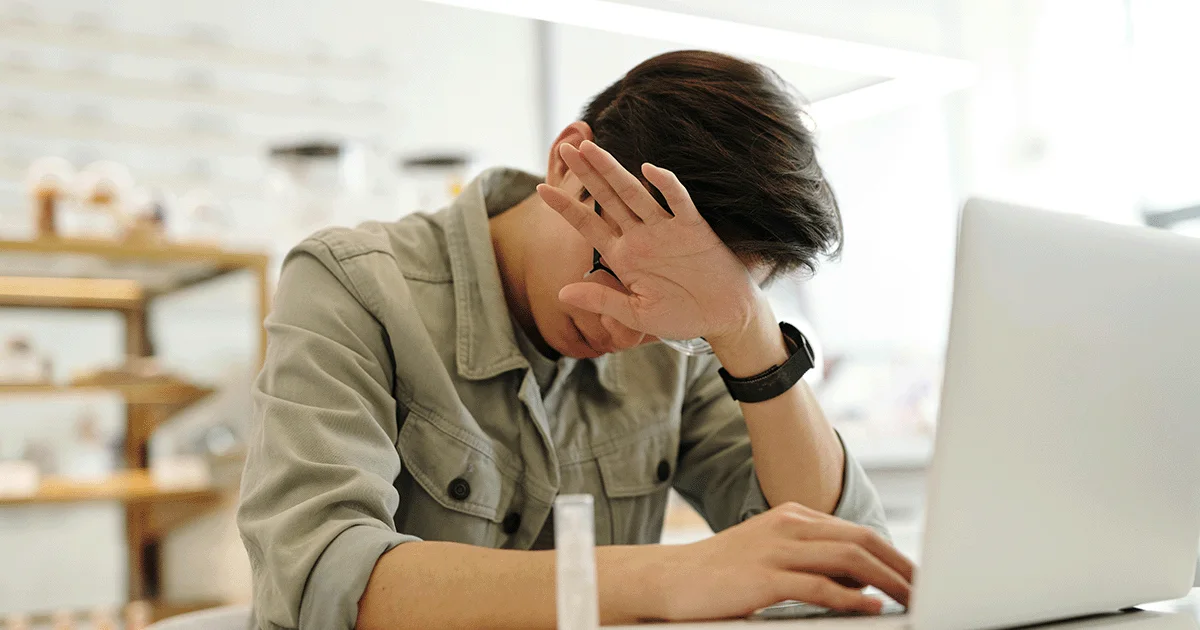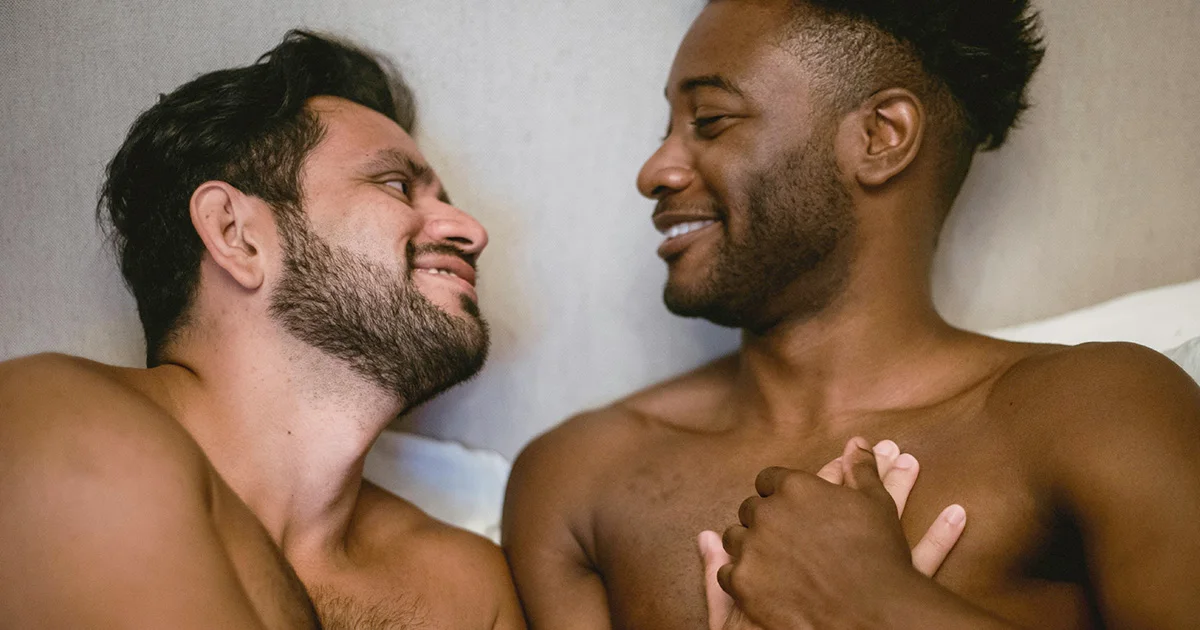Here's what we'll cover
Here's what we'll cover
It's the subject of much confusion—and no shortage of wishful thinking: When does your penis stop growing? Men can increase their muscle mass with workouts and diets for decades into adulthood—and their waistlines can just as drastically expand with much less effort. But when does penis size tap out, so to speak, and to what extent can that be changed? Here's what the science says.
What’s the age limit for penis growth?
To understand when the penis stops growing, it’s important to understand when it starts, too. We talked with Dr. Seth Cohen, MD, a urologist with NYU Langone Health, to learn more.
"Puberty is when testosterone starts to spike," says Cohen. That testosterone boost, which is driven by chemical communication between the brain and the testicles, causes the penis and testicles to begin growing, secondary sexual characteristics (such as body and pubic hair) to start developing, and the testicles to start producing sperm and seminal fluid. Boys will have their first ejaculation around this time.
Puberty in boys begins around age 11 or 12, on average, when the penis and testicles begin to grow. While most growth happens between the ages of 12 and 16, the penis and testicles continue growing after that. They generally reach their full size by around 19 or 20 (Tomova, 2010).
When does your penis stop growing?
Most of the growth happens by age 16, with less dramatic growth after that. But, Cohen reminds us, "everybody goes through growth spurts differently. Some people go through a growth spurt when they're 13. Some people continue to have that growth spurt into their high school years, maybe even early college. There is no hard-and-fast rule. Testosterone might level off at 15, 16, or your early 20s. Basically, when you stop growing in height, your sex organs also stop growing."
Like everything else during puberty, penis growth happens at different rates and times for different people. The average penis size for teens and adults alike will depend on many factors, with genetics being front and center.
What is the average penis size?
Once the penis reaches its full adult size, the average length is 3.61 inches flaccid and 5.16 inches erect. It is reported that 90 percent of men have an erect penis between 4 and 6 inches. The average adult penis circumference (a.k.a. “girth”) is 4.59 inches (Veale, 2014). Of course, some guys are at the extremes of penis size on both ends of this scale. Everyone is different, and that’s great.
Can you make your penis bigger?
Surgery, penis pumps, supplements, and exercises such as jelqing all purport to increase penis size. Some of these claims have scientific support; others, not so much. Some of these methods are more likely to result in more pain than gain, up to and including permanent damage to the penis.
Many of the most dramatic interventions, like surgery, are typically reserved for people who have a medical problem, like a micropenis. That’s an adult stretched penis size of under about three and a half inches. The vast majority of men do not have anything close to a micropenis, but if you do, your healthcare provider may be able to help.
Does penis size matter?
No. (Make that a "hell, no"). In a survey of 52,031 men and women, researchers reported that 85 percent of women said they were satisfied with their partner's penis size, but only 55 percent of men were satisfied with the size of their penis (Lever, 2006).
Dr. Cohen frequently sees patients expressing concern about their size and asking about penis enlargements. "At the end of the day, what I really want to do is ask them, 'Is this what your partner asked for, or is this something you think they want?'" he says. "Oftentimes, it's something we falsely believe our partner wants, but in actuality, they don't give a shit. They just want sex."
Many things contribute far more to your partner’s sexual satisfaction than the random size (and that's what it truly is—random) of any part of your body. Focus on showing nonsexual affection, developing intimacy, communicating with your partner about what they like (inside and outside of the bedroom), and treating them with respect and consideration.
DISCLAIMER
If you have any medical questions or concerns, please talk to your healthcare provider. The articles on Health Guide are underpinned by peer-reviewed research and information drawn from medical societies and governmental agencies. However, they are not a substitute for professional medical advice, diagnosis, or treatment.
Lever, J., Frederick, D. A., & Peplau, L. A. (2006). Does size matter? Mens and womens views on penis size across the lifespan. Psychology of Men & Masculinity , 7 (3), 129–143. doi: 10.1037/1524-9220.7.3.129. Retrieved from https://psycnet.apa.org/record/2006-09081-001
Tomova, A., Deepinder, F., Robeva, R., Lalabonova, H., Kumanov, P., & Agarwal, A. (2010). Growth and development of male external genitalia: a cross-sectional study of 6200 males aged 0 to 19 Years. Archives of Pediatric and Adolescent Medicine; 164 (12):1152–1157. doi: 10.1001/archpediatrics.2010.223. Retrieved from https://jamanetwork.com/journals/jamapediatrics/fullarticle/384064
Veale, D., Miles, S., Bramley, S., Muir, G., & Hodsoll, J. (2015). Am I normal? A systematic review and construction of nomograms for flaccid and erect penis length and circumference in up to 15 521 men. BJU International, 115 (6), 978–986. doi: 10.1111/bju.13010. Retrieved from https://bjui-journals.onlinelibrary.wiley.com/doi/abs/10.1111/bju.13010










